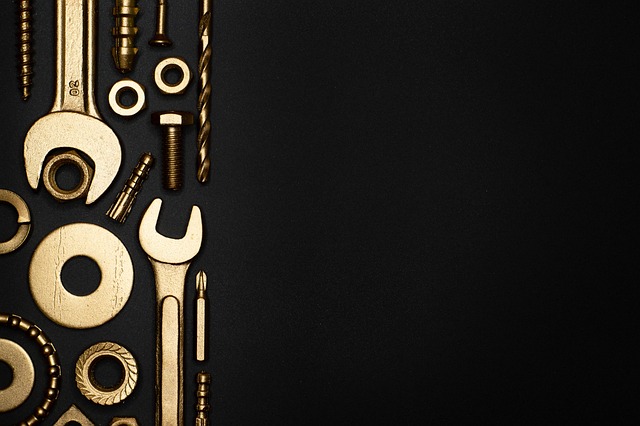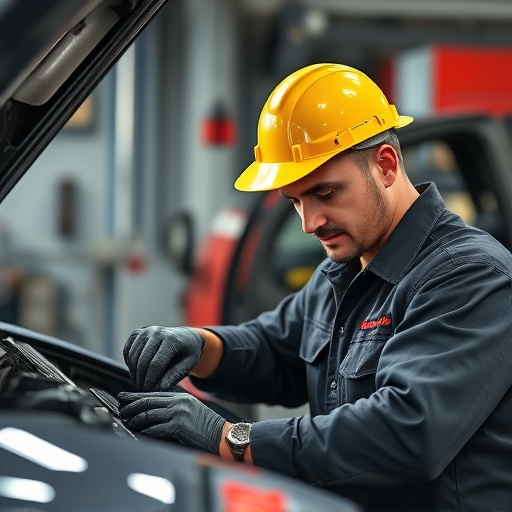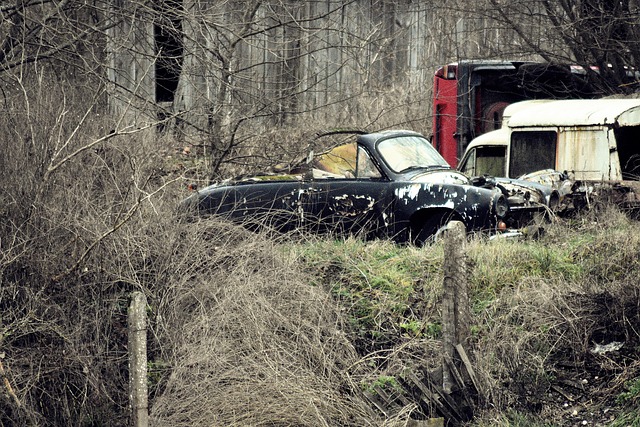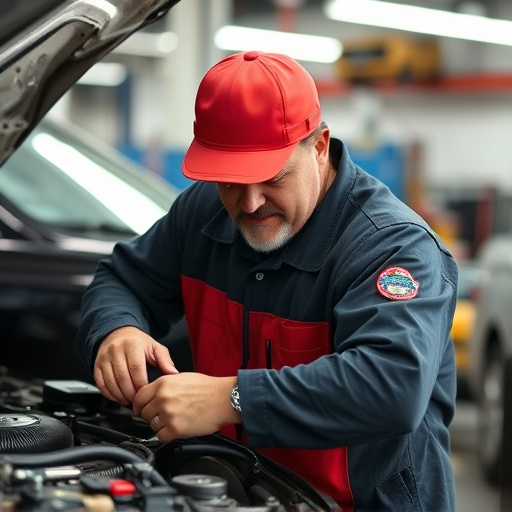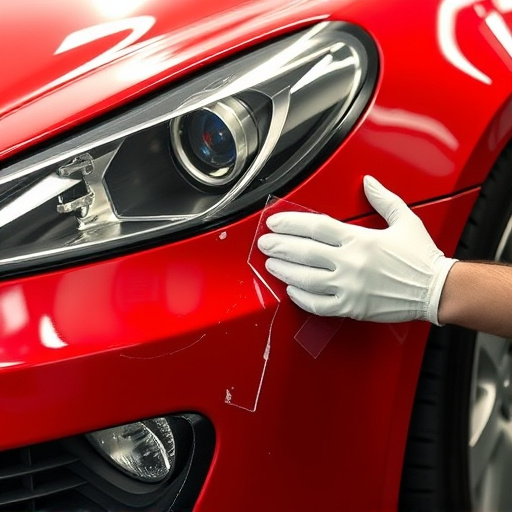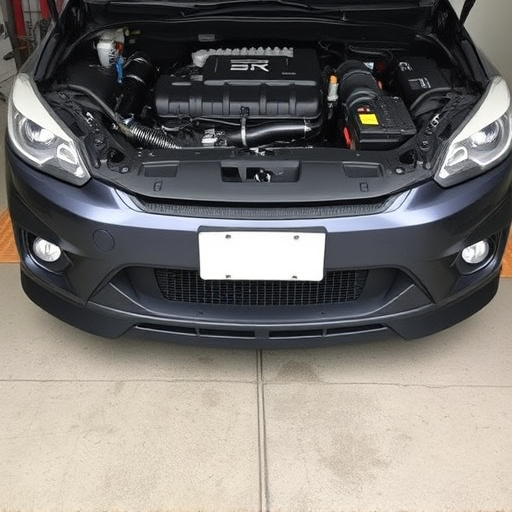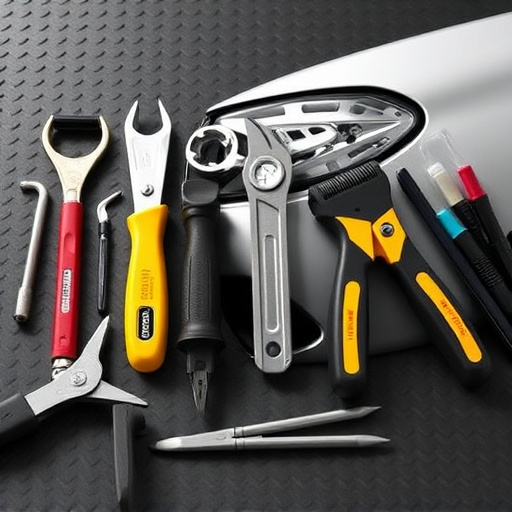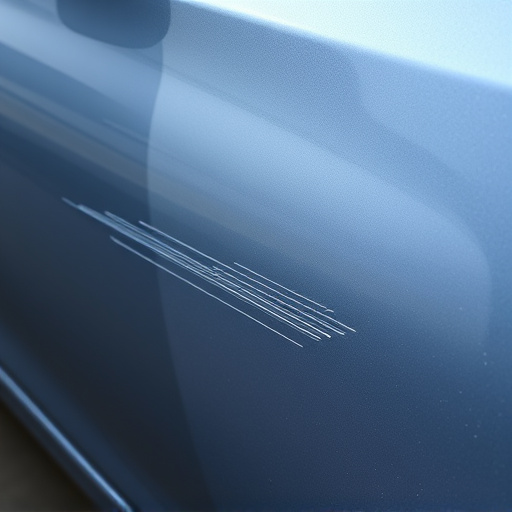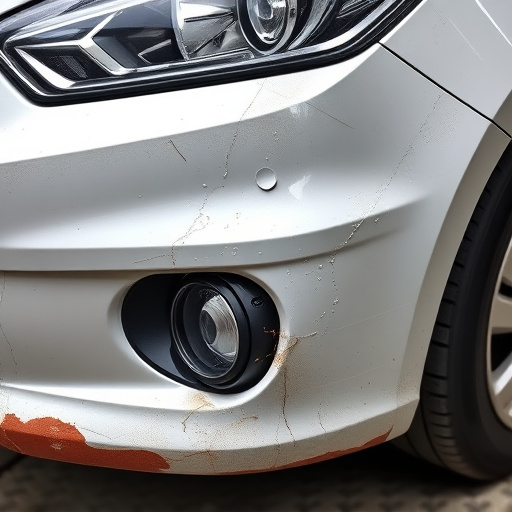Adopting recycled parts in collision repair offers significant environmental benefits by reducing raw material demand, energy consumption, and greenhouse gas emissions. It diverts waste from landfills and promotes sustainability while maintaining economic viability. Insurance companies are increasingly embracing this cost-efficient strategy, offering competitive claims settlements and promoting eco-friendly practices. Reputable body shop services ensure quality and safety through rigorous part inspection and testing, extending part life, reducing automotive waste, and minimizing environmental impact.
Insurance companies are increasingly approving recycled parts for collision repair, driven by environmental concerns and cost-saving measures. This shift towards eco-friendly practices not only reduces automotive waste but also offers significant financial advantages. The article explores the triple win scenario: environmental benefits of recycled parts, cost efficiency for insurers, and ensuring quality and safety in collision repair processes. Understanding these factors is crucial for both consumers and insurance providers in the evolving landscape of recycled parts collision repair.
- Environmental Benefits of Recycled Parts
- Cost Efficiency for Insurance Companies
- Ensuring Quality and Safety in Collision Repair
Environmental Benefits of Recycled Parts
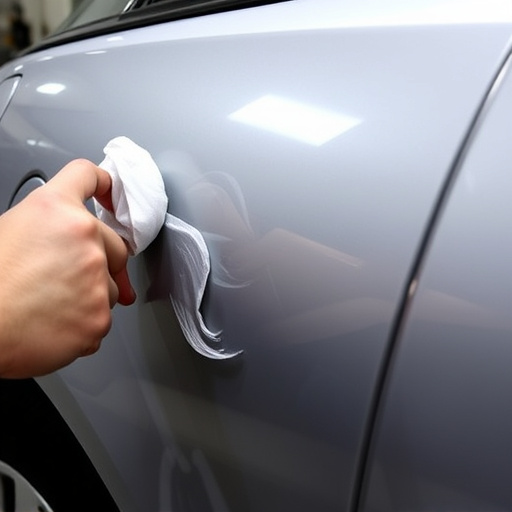
The use of recycled parts in collision repair offers significant environmental advantages. By utilizing parts from recycled vehicles, collision repair shops can reduce the demand for new raw materials and manufacturing processes that consume vast amounts of energy and resources. This reduction in production demands translates to lower greenhouse gas emissions, contributing to a cleaner, more sustainable planet.
Moreover, incorporating recycled parts into collision repair practices helps divert waste from landfills, where they would otherwise decompose and release harmful chemicals into the environment. In fact, many recycled auto parts, including those for tire services, fenders, engines, and even interior components, can be restored to like-new condition or better, ensuring their reintegration into the automotive ecosystem while minimizing ecological footprints. This sustainable approach aligns with the growing trend towards green practices in the collision repair industry, addressing both economic and environmental considerations in the context of recycled parts collision repair and hail damage repair solutions.
Cost Efficiency for Insurance Companies
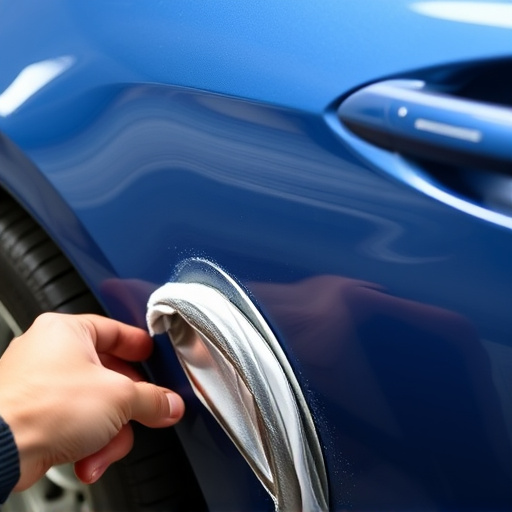
Insurance companies are increasingly recognizing the benefits of approving recycled parts for collision repair, a trend driven largely by cost efficiency. Using recycled or refurbished components can significantly reduce the overall expenses associated with car damage repair, making it an attractive option for both insurers and policyholders. The process involves carefully selecting and refurbishing used auto parts, ensuring they meet safety standards and function as effectively as new ones. This not only lowers costs but also contributes to a more sustainable approach in the auto industry, aligning with environmental concerns.
By embracing recycled parts collision repair, insurance providers can offer competitive claims settlements while minimizing their own financial burden. Moreover, this practice encourages responsible car repair shop operations, promoting eco-friendly practices and potentially reducing the long-term impact of automotive waste. This shift towards sustainability is good for both the planet and the pocketbook, making it a smart strategic move for the insurance industry.
Ensuring Quality and Safety in Collision Repair
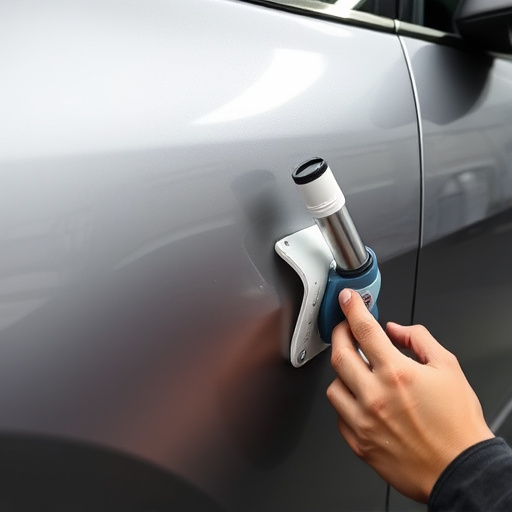
In the realm of collision repair, ensuring quality and safety is paramount. When a vehicle sustains damage, using recycled parts as an alternative to new ones offers a sustainable and cost-effective solution. However, it’s crucial that these parts meet stringent quality standards to guarantee both their durability and safety. Reputable body shop services that specialize in recycled parts collision repair employ trained technicians who meticulously inspect and test each part before installation. This rigorous process ensures that the repaired vehicle not only looks like new but also performs optimally on the road, enhancing safety for all occupants.
Moreover, the use of recycled parts in collision repair contributes to auto maintenance practices that prioritize environmental stewardship. By giving used parts a second life, these body shop services help reduce automotive waste and lower the demand for newly manufactured components. This not only conserves resources but also minimizes the carbon footprint associated with traditional collision repair methods. In light of these considerations, choosing recycled parts collision repair options becomes an intelligent and responsible decision for both vehicle owners and the planet.
In conclusion, adopting recycled parts for collision repair offers a win-win scenario for both insurers and vehicle owners. The environmental benefits of reducing waste and lowering carbon emissions are significant, while cost efficiency plays a crucial role in keeping insurance premiums manageable. Moreover, ensuring quality and safety standards through strict protocols guarantees that recycled parts meet the same rigorous criteria as new ones. By embracing recycled parts collision repair, we contribute to a more sustainable future without compromising on vehicle restoration and protection.

